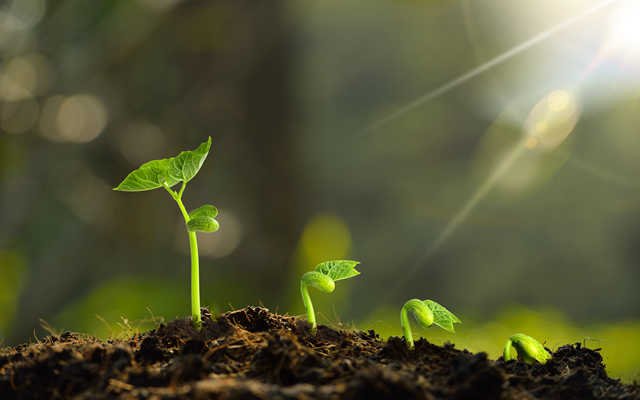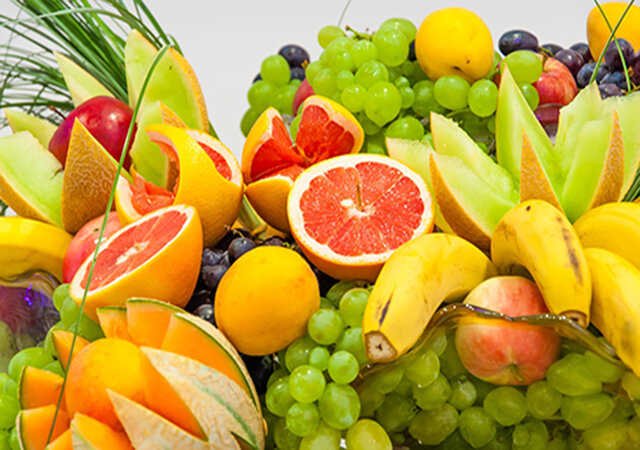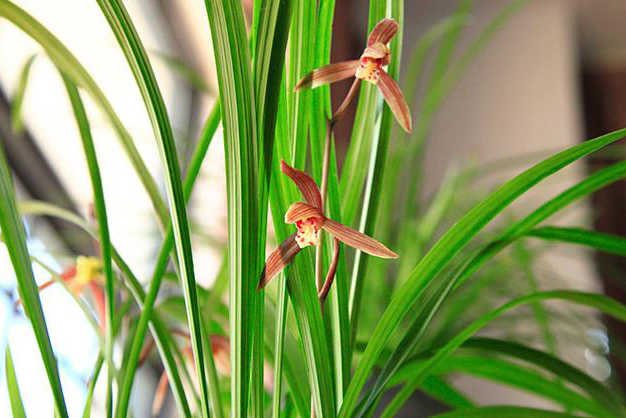The difference between pepper wood bonsai breeding method
1. What is the difference between fragrant wood and pepperwood
1. Science
Fragrant wood, which is a family of lacquer tree, Coptis chinensis, evergreen shrubs or small trees.Pepper wood, which is a family of rutors, peppercorns, and evergreen shrubs.
From the above, you can know that Qingxiangmu and pepperwood are not the same subject and genus, so it is not a close relative.The following specifically distinguishes the fragrance wood and Pepper wood from the leaves and fruits and odors. Flower friends can identify from many characteristics, without only referring to one feature.
2. blades
Those with experience can understand the difference between them, and it is very easy to identify.Pepper wood is a single feather -like compound leaf, and 2 leaves have 2 thorns.The fragrant wood is larger than the leaves of pepperwood, and it is even the feather -like compound leaves (the top of the petiole is the top of the single leaf or the two leaves). The small leaves are concave, and the small branches are red.In addition, on the side of the sun, you can see transparent oil points on the sun, while the fragrant wood blades do not have transparent oil points.

3. fruit
Pepper -chili fruit is green and brown, and the fragrant wood fruits are red.If it is in the fruiting period, it is still very recognizable.
4, smell
If the sense of smell is sensitive, you can also smell the taste of them. It can be very different. The fragrance wood will emit a faint fragrance like citrus peel, and the pepperwood is usually not smelled.It will smell a strong Pepper flavor.
2. Pepper wood breeding method and precautions
1. Ventilation and temperature
The best temperature growing temperature of Pepper wood is 20-30 C. Potted plants are best placed in the south -directional window, which is maintained in an environment with sufficient light and good ventilation.Small temperature in summer is not conducive to growth. Pay attention to Shading and ventilation. In winter, pepperwood plants will stop growing. It is easy to freeze to death when it is lower than 4 C. Pay attention to cold prevention work.
2. sunlight and humidity
Pepper wood is a positive plant. The sun must be sufficient. If it is placed in a dark place for a long time, it is easy to cause the leaves to yellow and fall off, which is not conducive to plant growth. In addition, the pot soil should be wetIt is best to be properly sprayed on the floor of the leaf surface and the floor near the flowerpot in summer.
3. Fertilization and trimming
Pepper wood can be poured in thin liquid Fertilizer every half month in the growth season, because it grows quickly and is resistant to trimming. It is best to trim it once a month.Type, improve the ornamental of Pepper and wooden potted plants.
5. Pest protection
In summer, pepperwood should pay attention to the infringement of pests and insect pests. It is best to check its tender shoots and blades frequently. Once there are insects, such as the phoenix and butterflies that will absorb young and tender branches and leaves, they must be strangled to death in time. If it is insects,It is also necessary to immediately remove and step on it. If you have a sick branch, you must cut it.
3. How to breed in fragrant wood
1. Reasonable fertilization
In the breeding method and precautions of fragrant wood, pay attention to the low demand for Fertilizer. Generally, you can start fertilizing when it grows up. A thin Fertilizer can be applied around 2 to March.Fertilization or thick Fertilizer can easily lead to death from burning seedlings.
2, a small amount of watering
Clear incense wood should not be watered too much. Usually, it can be poured in water permeability for 3 to 5 days to allow it to grow enough water absorption.When watering the bottom of the basin, water should be stopped to stop watering to prevent the roots of the fragrant wood began to rot.
3. Light temperature
The cold -resistant and high -temperature fragrant wood can grow better in a suitable environment at 20-25 C. As long as the low temperature of minus 10 C in winter does not appear at a low temperature of minus 10 C.And pay attention to the fragrant wood and the light, you need to accept sufficient sunshine. Generally, it can keep the light for about 6 hours to make it grow strong.
4. Prevention and treatment of pests and insect pests
When breeding, fragrant wood is easily threatened by pests and insect pests. It is necessary to cut off the diseased leaves damaged in fragrant wood first, and then spray related sterilization or pesticide solution in time to keep it healthy.Pests and insect pests threats, thus thrive.
5. precautions
When breeding, you should not be able to grow too high when breeding. Generally, the potted plants must be told after the growth of 50-70cm.Too dark, and too much fertilization to avoid poor growth.



